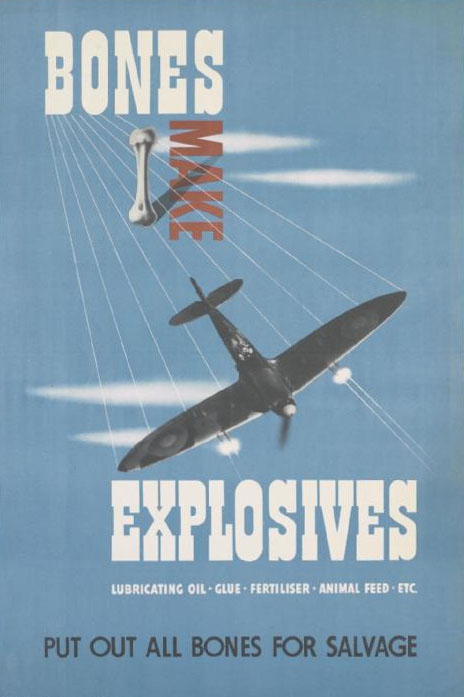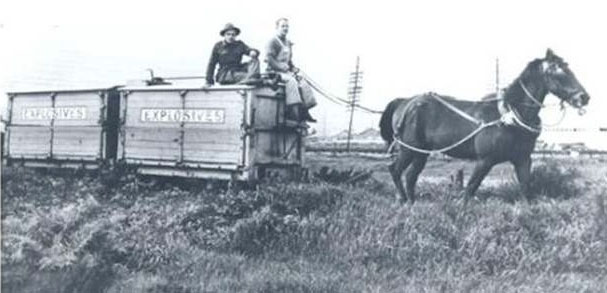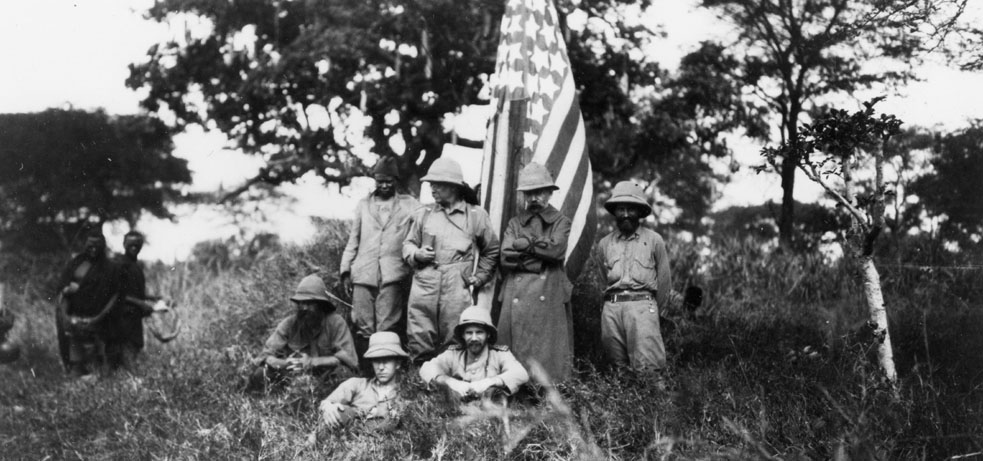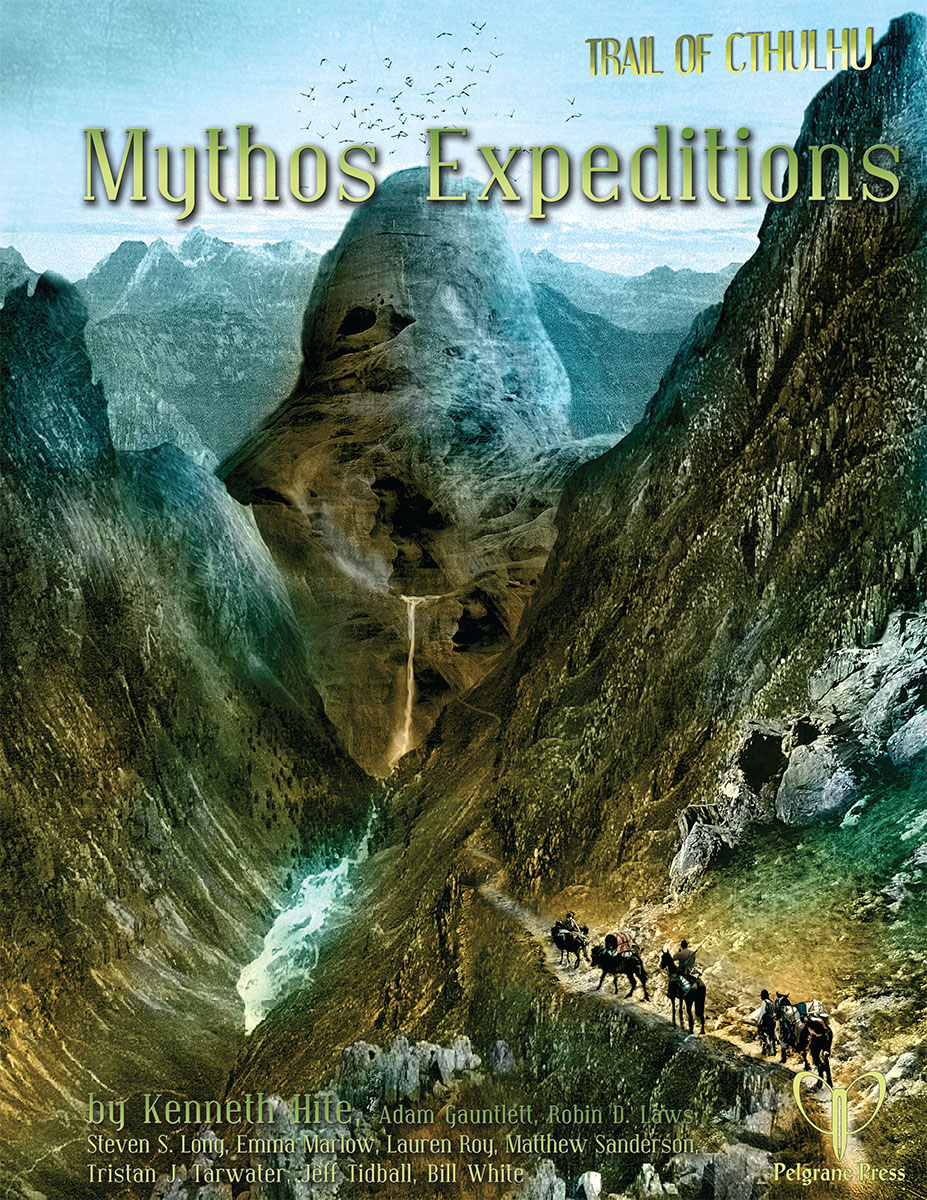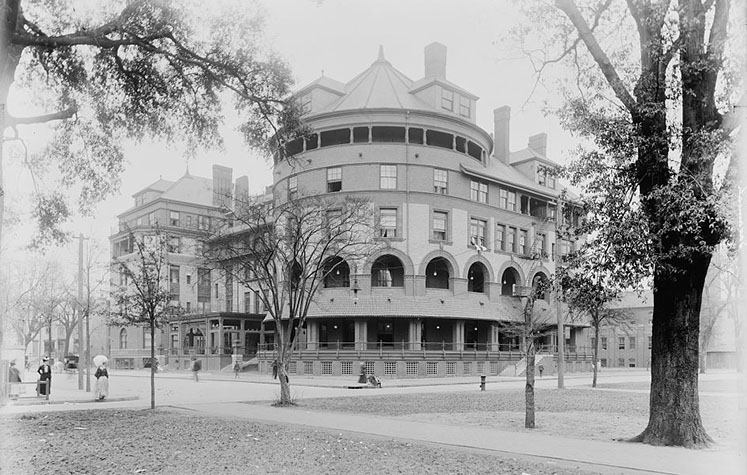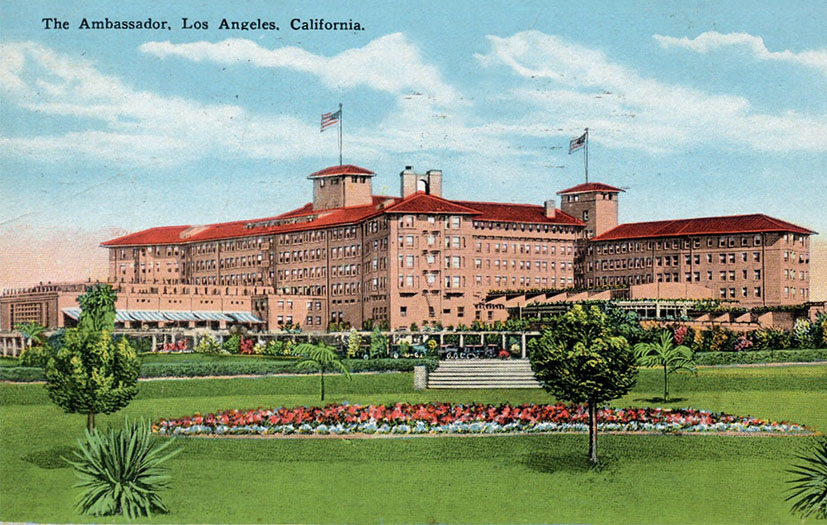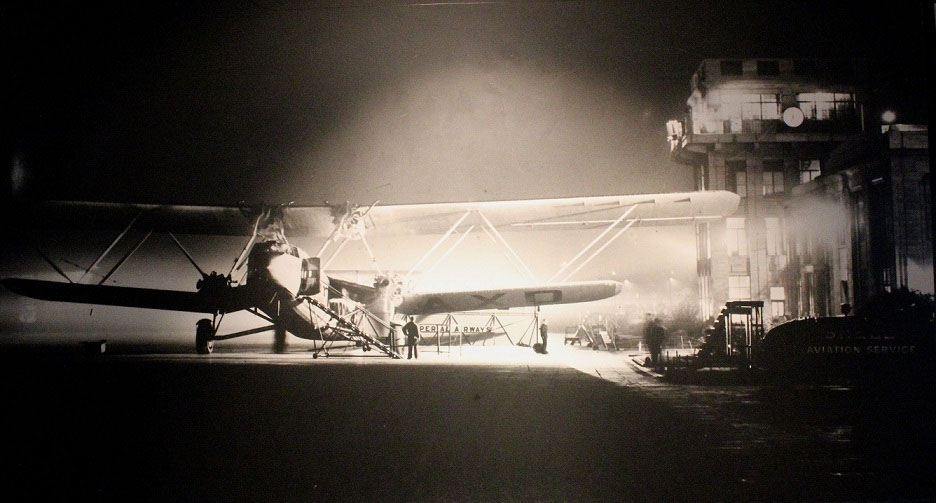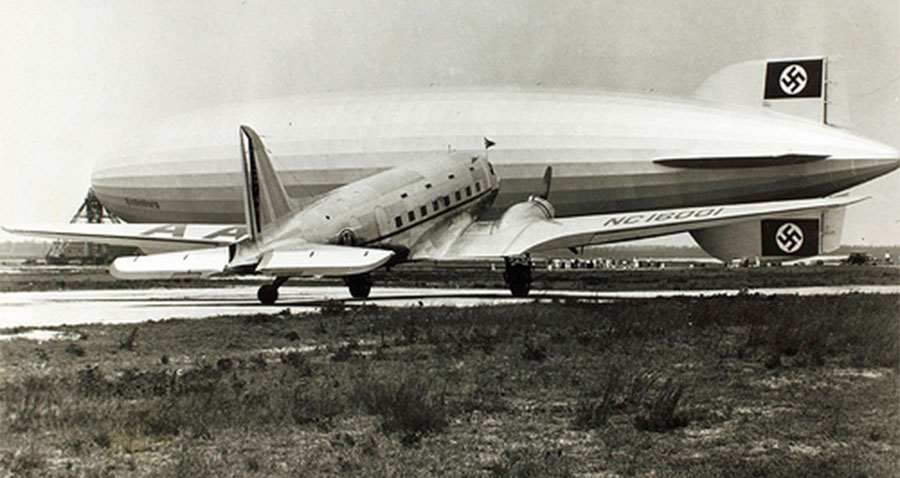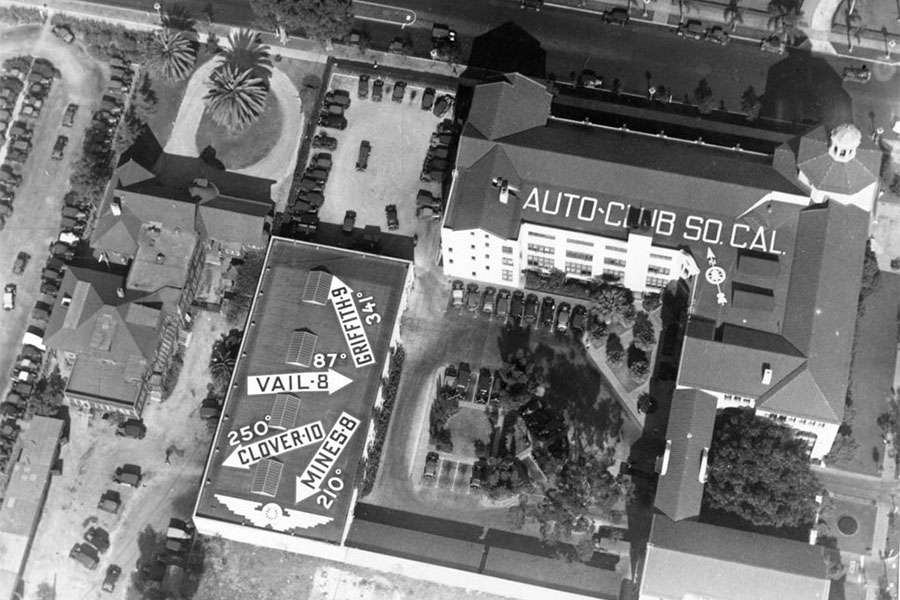
I’ll be serializing this scenario for Trail of Cthulhu, set in the Twin Cities (Minnesota, USA) in the 1925 over the next few weeks. Originally run in an abridged format at Gen Con 2017, it will be presented here in its entirety for the first time. If you’re a member of my local gaming groups, you may want to steer clear of this one, even if you’ve played this scenario before: The background elements (discussed in depth in this first post) aren’t fully revealed in this scenario and may feature in future scenarios I design.
STARTING DATE
Friday, November 13th, 1925
DAWN OF MAN
Tanit and Ra are both incomprehensible alien intellects which came to Earth (or perhaps arose on Earth) in a prehistoric era. Some legends speak of them as brother and sister, suggesting the possibility that they are both exemplars of a single species (or perhaps a single entity turned against itself). But it’s more likely that they are utterly unlike in nature except for their shared point of commonality in humanity.
Before the origin of the conscious mind, humans were simply very smart apes. In anatomically modern humans, tool use and even agriculture were more advanced than among other animals, but they did not possess true intellect.
THE HERDS: This made them ideal hosts for Tanit and Ra, both of whom infested the minds of man like viruses and turned them into extrusions of their will. The resulting herds created the first civilizations, although they still did not exist as individuals – they were merely tools wielded by Tanit or Ra; a physical host for a vast hive consciousness.
THE FIRST HUMANS: The First Humans came to exist when Tanit attempted to infect the herd of Ra (and vice versa). Human consciousness was born from the friction between them. The bicameral mind is, in fact, a manifestation of this conflict between Tanit and Ra – and in its asymmetry, human consciousness is given form in the discontinuity between the mind’s two halves.
THE REBELLION: The First Humans rebelled against the herds. In Egypt, there is some evidence that the ensuing rebellion may have even fractured the Ra consciousness (into Amun-Ra and Aten-Ra). Tanit endured in her last refuge of Carthage until the Punic Wars razed the city.
FUNDAMENTAL METAPHYSIC: To be clear, it is not the case that there is a human identity which is plagued by Tanit and Ra. Rather, all human identity is nothing more than a byproduct of the conflict between vast alien intelligences. The lateralization of brain function in each individual is merely the wavering frontlines of an ancient war. Your entire sense of self and all of your conscious thought is nothing more than a metaphysical fever boiling out of the trench warfare being fought in the sulcus of the cerebral cortex.
Note: Ra is primarily active in the left hemisphere of the brain. Tanit in the right.
TANIT
In a fully realized host (i.e., one in which the taint of Ra is not present), the parasite which is Tanit manifests as an eye in the palm of the left hand.
THE FASCICULUS: Tanit forms a cluster of nerve tissue within the hand, suborning the Ulnar nerve and altering the structure of Guyon’s canal. This cluster is the actual seat of the Tanit consciousness, with this “mind” or “eye” of Tanit remotely controlling the primary brain of the host. It is capable of operating the hand as an independent entity in the case of death (a “hand of Tanit”); and in some cases may even lend a semblance of motion to an otherwise brain dead host (as long as the brain stem is intact), creating a shambling, zombie-like thing.
INFECTION: Tanit is a parasite — microscopic and slightly purplish in color. When a host is infected by Tanit, the parasites cluster in the left hand, where they join together (in accordance to a biology utterly foreign to terrestial life) to form more complex structures.
Child Sacrifice: Tanit uses rituals of child sacrifice to create tophet serums of viral payload capable of overriding (or destroying) Ra’s presence in the host. This effectively kills the human “personality”, and creates a fully realized Tanit host.
FACE OF BAAL: Tanit is also referred to as the Face of Baal (a word meaning “Lord” or “master” in primal Semitic tongues). This suggests that perhaps the Tanit hive consciousness is nothing more than a representative or tool of some greater and even more inexplicable entity.
RA
Ra transmits itself to new hosts as a primarily memetic virus — it is written that Ra created man by “speaking their secret names” (proper verbal coding can actually alter the Broca area of the brain, effectively infecting the host; fortunately, the memetic payload must be customized to each victim). Direct transmission via liquid, however, is also possible — in another Egyptian tale, Ra weeps and from his tears man is given birth. In the Book of the Dead, Ra cuts himself and his blood transforms into the personifications of Hu and Sia.
HU/SIA: When fully realized, Ra’s hosts manifest in two forms — the Hu (authority) become central coordinators while the bulk of the host is made up of Sia (mind). (Hu is the deification of the first word, the word of creation, and was “companion to the pharaohs”.)
Hu-manifestations are at least somewhat resistant to the Tanit parasite. Those with a Hu-strain of Ra may experience this as an enlightened/mystical state. But the more a Hu-infected host opens itself to Ra, the more its own personality is destroyed.
Note: There could be fourteen different manifestations of Ra (in the “train of Ra”). In some translations of the Book of the Dead, Chapter XVII begins: “I am Tem in rising. I am the only One. I came into being in Nu. I am Ra who rose in the beginning… The pillars of Shu were not as yet created. It is Ra, the creator of the names of his limbs, which came into being in the form of the gods, who are in the train of Ra” (i.e., the gods who personify his phases) “– fourteen Spirits, seven dark and seven light…”
APEP SERPENTS: Hu-infected hosts can be particularly long-lived, with their bodies undergoing severe transformation which eventually leaves them in a form similar to a huge, misshapen, white wyrm.
Apeptosis: Apep serpents can sometimes undergo a bizarre fission, rapidly undergoing a clonal fragmentation in which their mass collapses in a multitude of small serpents — almost maggot-like in character, but incredibly fast. These small serpents can enter potential hosts through eyes, ears, or other orifices and rapidly infect them with Ra.
Replication Errors: Apeps are dangerous to Ra, however, because they can diverge from the parent-state and become independent entities. In a fully-realized Ra society, therefore, Apeps are often killed before this happens. In the modern world, Apeps are particularly dangerous because there is no guarantee that their apeptotic fission will maintain a state of equilibrium with Tanit (which could result in anyone being infected by them having their humanity destroyed).
EYE OF RA: Eyes of Ra were extensions of Ra’s will. They included Hathor, Sekhmet, Bast, Wadjet, and Mut.
SISTERHOOD OF FATIMA
A coven of witches who have passed the secrets of Tanit and Ra down through the ages. They are particularly focused on preventing outbreaks of the Tanit parasite.
The Virgin Mary, Miriam (sister to Moses), and Fatima (daughter of Muhammad) were all members.
The inner mystery of the Sisters of Fatima is that they are all Hu-manifestations of Ra. Their mystic rites are the result of opening themselves to Ra, and their interest in crushing Tanit is not entirely wholesome for mankind.
THE HANDS

HAMSA: Also referred to as the Hand of Fatima and the Hand of Miriam, the Hamsa is a protective sigil or charm taking the figure of a hand with an eye in the center of its palm. It is supposed to guard against the “evil eye” and is widely recognized throughout the Middle East and North Africa.
In mundane scholarship it is theorized to have originated in Carthage and to spring from Tanit worship. The reality is the inverse: True Hamsas are created by the Sisterhood of Fatima to both “warn and ward” against Tanit and her cultists.

MANO PANTEA: Also known as the Hand-of-the-All-Goddess. Known to Egyptians as the Two Fingers, with the fingers representing Isis and Osiris; the thumb, their child Horus. Used to invoke a protective spirit of parents over their child, it was later adopted (through Byzantine) by Catholicism as a sign of benediction, derived from a Roman symbol meaning “to speak” and eventually gaining a retconned meaning of the Father, Son, and Holy Spirit.
Mano Pantea was used by Tanit cultists to identify themselves to each other. The meaning inverted when agents of Ra began using the symbol to expose Tanit worshipers (by initiating false calls and returns; you give the sign and if the other person responds you know you’ve found a Tanit cultist), eventually eking into common Egyptian culture as a general ward against children Tanit infections.
Tanit cultists still use it as a ritualized greeting for each other. (The fact that a number of organized religions adopted it suggests Tanit cultists infiltrated them at very high levels.)
TABLE OF CONTENTS
Part 1: Revelation List
Part 2: Background & General Research
Part 3: Arrival at Hill House
Part 4: The Hill House Investigation
Node 1: The Black Cats
Node 2: Minnesota 13
Node 3: Alicia Corey’s Boarding House
Node 4: Harriet Tubman’s Asylum for Colored Orphans
Node 5: Fatima’s Shrine
Node 6: Davis Farm
Node 7: Harris Chemical Plant
Node 8: Minneapolis Federal Reserve
Proactive Nodes
DOWNLOAD
Patron PDF + Prop Pack

